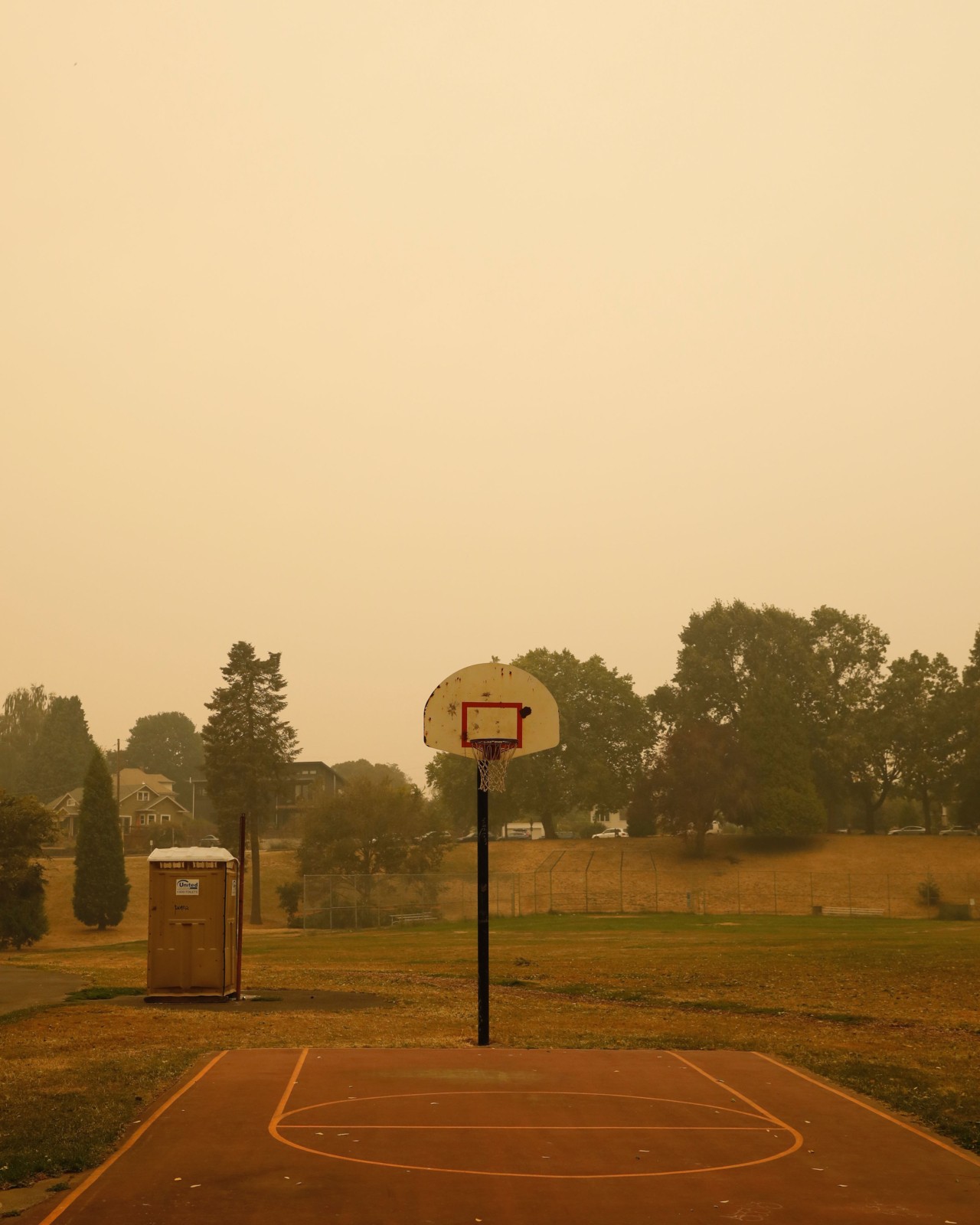

Photograph by Jeff Luker / Connected Archives
WORDS BY OLIVIA FERRARI
From dangerous heat waves to devastating hurricanes, the planet faces more climate-change-induced extreme events today than ever before. A study published today in Nature quantifies how unprecedented those climate extremes may become—and how much suffering can be prevented.
The study found that at our current climate trajectory of 2.7 degrees Celsius (4.9 degrees Fahrenheit) of heating by 2100, 83% of children born in 2020 will face “unprecedented” lifetime exposure to extreme heat waves. That burden is borne disproportionately by vulnerable communities. However, the model also highlights that climate action can still be effective: If the Paris Agreement goal of limiting global heating to 1.5 degrees Celsius (2.7 degrees Fahrenheit) is met, it would spare about 613 million children born between 2003 and 2020 from unprecedented heat wave exposure—and tens of millions more from crop failures, floods, and other climate extremes.
“Often it is a struggle for researchers to show the impacts of future climate change in a concrete way, and this in turn can make it challenging to demonstrate the ‘tangible’ benefits of mitigation and adaptation policies,” Dr. Chad Zanocco, a civil and environmental engineer at Stanford University who was not involved in the new study, wrote in an email. “The study’s finding that our newest generation could be facing more than twice as many climate extremes in their lifetime really brings this point home.”
The new study began with a simple question: Will you live an unprecedented life? Dr. Wim Thiery, climate scientist at Vrije Universiteit Brussel and senior author of the new paper, explained how they answered that question using an example from Brussels, Belgium.
They looked at heat wave exposure for people living in the city born in 1960, 1990, and 2020, across 21 projected global heating scenarios ranging from 1.5 to 3.5 degrees Celsius by 2100.
They modeled how many heat waves each birth cohort would likely experience across their lives, given each climate scenario, and compared that to a hypothetical world without manmade climate change.
In a climate-change-less world, for instance, a person from Brussels would have a 1 in 10,000 chance of experiencing six or more heat waves—the “unprecedented lifetime exposure” threshold for the city. The birth cohort from 1960 doesn’t exceed that figure; they are expected to experience only three heat waves, regardless of the climate change scenario. However, the 1990 birth cohort is projected to experience more than six heat waves if heat intensity reaches 2.5 degrees Celsius by 2100; the 2020 birth cohort breaches that 1-in-10,000 threshold even at the most optimistic scenario of 1.5 degrees of heating.
“You really have a generation that is going to face conditions that no other generation has.”
With today’s kids, “you really have a generation that is going to face conditions that no other generation has,” said Thiery.
The researchers then repeated that analysis in every locality around the world and for five other types of climate extremes: crop failures, wildfires, droughts, river floods, and tropical cyclones.
The trend that emerged was clear. “The younger you are and the higher [the] level of global warming, the larger the fraction of children that will face unprecedented lifetime exposure to each of these climate extremes,” said Thiery. This trend is most drastic for heat waves—unsurprising since each of the past 10 years ranked among the 10 hottest years recorded in almost two centuries—followed by crop failures and river floods.
The world’s most socioeconomically vulnerable—which takes into account poverty, infant mortality rate, and other social factors—face the greatest climate risk, the study found. “We are not only seeing an injustice, an inequality, between generations,” said Thiery. “We are also seeing an inequality linked to socioeconomic vulnerability.”
The numbers are bleak, but they also highlight the tangible benefits of climate action. If humanity achieves the Paris Agreement goals of limiting warming to 1.5 degrees Celsius instead of our current track for 2.7 degrees Celsius, then the model predicts that 613 million fewer children born between 2003 and 2020 would experience unprecedented lifetime exposure to heat waves. That figure is nearly 100 million for crop failure and in the tens of millions for tropical cyclones, droughts, and wildfires.
Although the study has some limitations, such as not taking into account climate adaptation or migration, its conclusions are clear: Tomorrow’s generation will face a distinctly climate-changed world. Just how unprecedented it is, however, remains up to us.
It also shows that even in the best-case scenario, climate extremes are here to stay. People, especially those in frontline communities, will need to adapt.
“In addition to policies targeting mitigation, I think there is an increasing role for policies that help build the adaptive capacity of individuals and communities to be able to withstand and overcome climate change-fueled extreme weather events,” wrote Zanocco. “Human adaptation to heat will be critical for future generations.”
New Study Estimates How Many Climate Extremes Your Kids Will Face